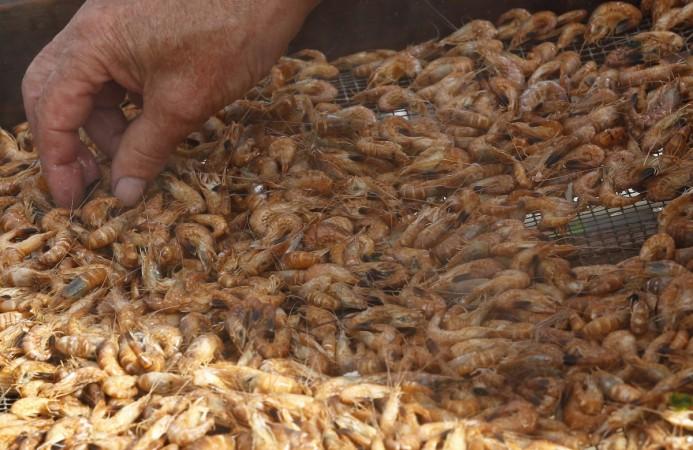
In an attempt to understand what extreme conditions living organisms can endure and thrive in, scientists at NASA's Jet Propulsion Laboratory in Pasadena, California, are studying a mysterious ecosystem in the Caribbean, where deep water shrimps that are piled on top of each other crawl around rock chimneys that spew hot water.
This study could pave way to comprehending what life would be like on other planetary bodies in the solar system, like the Jupiter's moon Europa, which is icy and has an ocean on the subsurface.
The tiny shrimps, named Rimicaris hybisae, live in clumps 7,500 feet underwater, in hydrothermal vents where light does not reach and temperature can reach up to a scorching 400 degree Celsius, although just an inch upwards and the water is cool enough to support the shrimps.
The bacteria that live inside their mouths and evolved gill covers produce organic matter that becomes the food for the shrimps, a report titled "Extreme Shrimp May Hold Clues to Alien Life" explains.
"The overall objective of our research is to see how much life or biomass can be supported by the chemical energy of the hot submarine springs," Max Coleman, senior research scientist at JPL relates. He further elucidates on why it is important to study microbial organisms. "For two-thirds of the Earth's history, life has existed only as microbial life... On Europa, the best chance for life would be microbial."
It is further revealed that the bacteria that live inside the shrimps survive the extreme environment due to a process called chemosynthesis, wherein an organism gets energy from chemical reactions, in the absence of sunlight. Here the bacteria use hydrogen sulfide, which is found in abundance at the hydrothermal vents to make the organic matter, which becomes food for the shrimps.
However, the intake of hydrogen sulfide is trickier than one imagines, as high concentrations of the chemical can prove fatal to most organisms including shrimps. Nature has provided a solution for this: The shrimps place themselves on the border between sulphide-rich water and the normal oxygenated ocean water so that they and the bacteria can coexist in harmony.
"It's a remarkable symbiotic system," exclaims Coleman.
The research team led by Chris German at Woods Hole Oceanographic Institution in Massachusetts had discovered the vents in 2009 off the west coast of Cuba by picking up the chemical signals of their plumes of water in the ocean. Funded under NASA's Astrobiology Science and Technology for Exploring Planets Program, the research was conducted in collaboration with the Woods Hole Oceanographic Institution and Duke University.

















